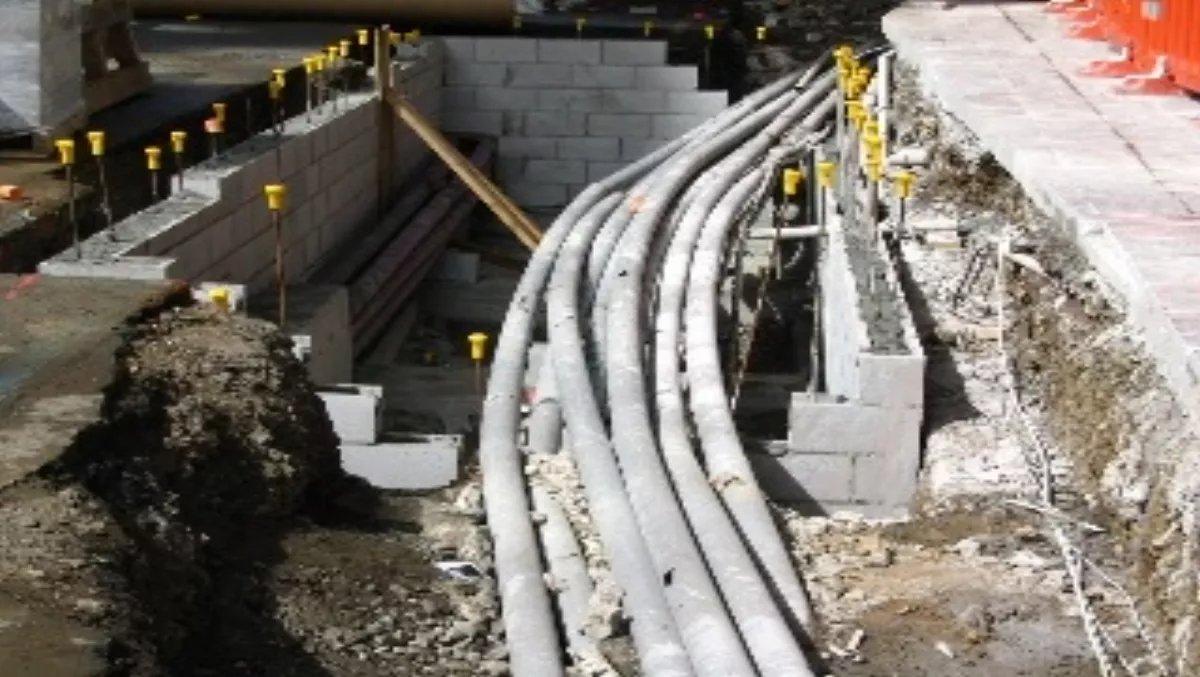The Ultra Fast Broadband initiative (UFB) is already having a major influence on the industry and not one cable has been laid - the most dramatic effect is Telecom’s share price dipping below $2. So what would New Zealand telecommunications look like if the government had not interfered?
FTTN and LLU
There would still be a national fibre network - in the form of Fibre to the Node, or cabinetisation, because the roll out is part of Telecom’s operational separation undertakings. There were some ISPs that were outraged when cabinetisation was announced, notably Orcon and Vodafone who claimed it would dampen their investment in Local Loop Unbundling.
Telecom Wholesale CEO Matt Crockett sights their reaction as one of three lowlights in his career at Telecom (see full interview in upcoming June TR). “When we confirmed our cabinet plans, our senior customers got taken by surprise, which surprised us because we’d shared a huge amount of information around where cabinets were going because we knew it would have an impact around their LLU investment.”
LLU investment has continued, with Vodafone and Orcon being joined by TelstraClear, Compass and CallPlus in providing unbundled services. It might seem as if it’s proceeding at a snail’s pace but according to the latest Commerce Commission audit, the growth in unbundled lines after 18 months appears to be better than international experience.
(Interestingly, Telecom’s rival in the UFB process Axia NetMedia, claims that the fibre Telecom has is about 5% of what is needed because 80% of the cost of deploying fibre is to the premise).
ADSL2+, VDSL2
The good people at Bell Labs and other research and development powerhouses continue to come up with ways to make those copper speeds faster. Currently ADSL2+ will provide maximum speeds of 24Mbps (with the emphasis on maximum). Meanwhile VDSL2 services, which Telecom has been trialling for a year and will launch in mid- August. Crockett says on day one 15% of all telephone lines will be able to receive VDSL2 services, by the end of the year it will be 35%, and by the end of 2011 when cabinetisation is finished it will be 60% of all lines.
The catch of course is that you have to be located within 1km of an exchange or cabinet to get the speeds, which Crockett says are a minimum of 15Mbps down and 5Mbps up.
Digital divides
So broadband speeds would get faster, probably keeping pace with customer demand - as new applications came onto the market, broadband services would improve to cater to the increasing demand for bandwidth.
But it’s fair to say there would be a digital divide - not just between those living in the city and those on the farm but between those living in the same neighbourhood. It could become like zoning for high achieving state schools, those on one side of the street would get 50Mbps, those on the other 24Mbps.
Meanwhile, on the margins, there would spring up boutique fibre networks, maybe a bit like what happened with the North Shore Education Access Loop. Where Vector received a $4.5 million government subsidy to connect 45 schools at a concessionary rate but was able to charge businesses market prices to connect to the same fast fibre pipe.
Over 50 ISPs
Crockett points out, in the same TR interview, that there are over 50 ISPs in New Zealand - he should know, they’re all his customers. Without the UFB it’s likely they would all still find a way to stay in business.
“Naturally occurring in UFB will be some consolidation in the ISP retail market,” says Crockett. “That’s the trends that are currently playing out internationally. We’ve probably seen less of it here than I would have thought. So we are seeing very few ISPs go out of business in the last two years.”
Of course there were some who thought LLU would see a reduction in the number of ISPs and that hasn’t happened.
Commentators point out the effects of the UFB won’t be felt in the residential market for five years, so ISPs will continue to do business in the copper world for some time. What they must be now asking themselves is whether the UFB will be a threat or an opportunity.
This article is part four in TR's online FIBRE 2010 series. The government is poised to spend $1.5 billion on a fibre network, and in so doing irrevocably change the New Zealand telecommunications industry. In this series TR examines a different aspect of its UFB initiative. Feedback to news@techday.co.nz.
See also:


